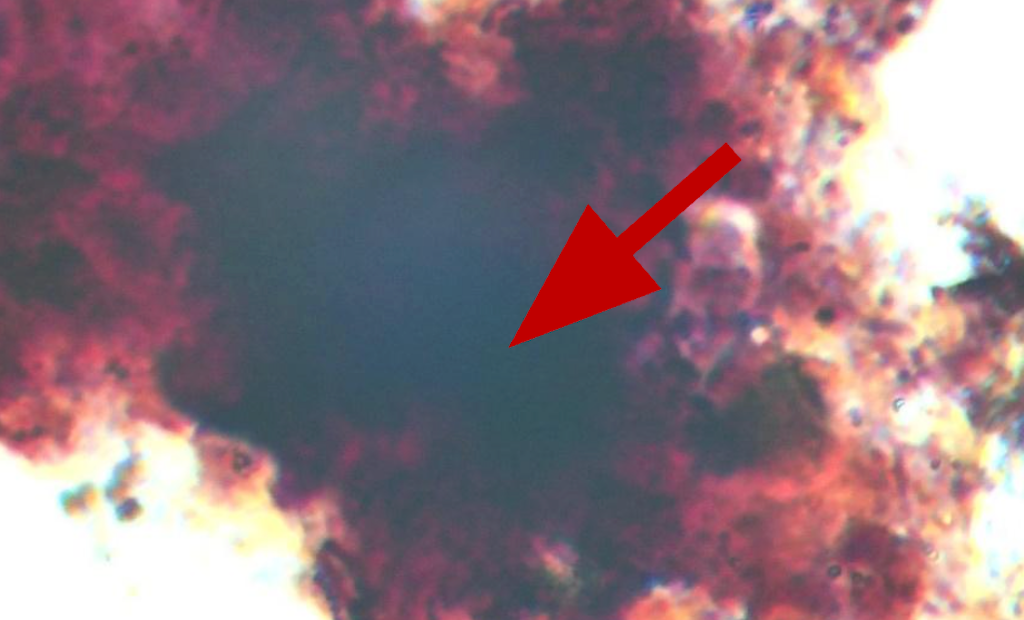Interested in Laboratory?
Get Laboratory articles, news and videos right in your inbox! Sign up now.
Laboratory + Get AlertsAs phosphorus limits are becoming increasingly stringent in biological wastewater treatment processes, the number of treatment plants that are striving to achieve enhanced biological phosphorus removal (EBPR) is increasing. In summary, maintaining stable EBPR involves sustaining adequate populations of bacteria that are recognized to store higher percentages of phosphorus (polyphosphate) by weight than other bacteria that generally compete in treatment systems.
For EBPR microbes — polyphosphate accumulating organisms (PAOs) — to manifest, optimal conditions must be achieved. These conditions most often involve a designated anaerobic selector zone in which PAOs store volatile fatty acids under anaerobic conditions, which are then converted to polyhydroxyalkanoates with subsequent release of orthophosphate. Upon entering the aerobic zone, PAOs utilize their internally stored food (polyhydroxyalkanoates) and replenish their polyphosphate (luxury uptake) in the process. The presence of significant populations of PAOs results in higher phosphorus removal rates that would otherwise be achieved in traditional treatment processes.
Because PAOs have the ability to store substrate (volatile fatty acids) under anaerobic conditions, they gain a competitive advantage over other bacteria that do not have these storage capabilities. In biological wastewater treatment systems, Tetrasphaera and Ca. Accumulibacter are the most common PAO genera recognized.
Tetrasphaera is covered in depth in a former Treatment Plant Operator “Bug of the Month” article. Ca. Accumulibacter is a PAO genus that the MiDAS field guide recognizes as having 57 species. Ca. Accumulibacter is most often correlated with the traditional PAO phenotype, deeply Neisser positive clusters of cells. While traditional PAO phenotypes may be recognized under the microscope, we cannot identify specific genera such as Ca. Accumulibacter (this requires more advanced DNA testing). In recent years, increasing information on ENBR and its complexities has been brought to light. While Ca. Accumulibacter is most often associated with using volatile fatty acids under anaerobic conditions, some species may use glycogen, alcohol and sugars. Additionally, some species of Ca. Accumulibacter are also linked to denitrification and/or have the ability to function as glyogen accumulating organisms in addition to PAOs under certain conditions.
Ranking PAO abundance under the microscope through Neisser staining is subjective and it must also be noted that not all PAOs possess the traditional PAO phenotype. For example, Tetrasphaera is often a filament with Nostocoida limicola-like morphology. To officially be classified as a PAO, cycling of phosphorus in anaerobic and upstream aerobic systems is needed. In wastewater, various microbes naturally store varying amounts of phosphorus. While PAOs are generally recognized to contain the highest percentage by weight as phosphorus, other genera (such as Ca. Microthrix) store higher amounts of phosphorus without being officially recognized as PAOs because while they store substrate under anaerobic conditions, they do not cycle phosphorus in anaerobic and upstream aerobic areas.
In our experience, treatment plants that have consistently efficient EBPR tend to have between 2-7% PAO genus reads when DNA is tested (16S rRNA community sequencing). There are many factors that contribute to the percentage of DNA readings, and it is important to keep in mind that those readings are not a direct correlation to bacterial abundance. Ultimately, success of EBPR systems results in achieving desired low orthophosphate concentrations at the end of biological treatment. From an operational control perspective, achieving target ORP values (i.e. -300 mV) in designated selector zones appears to be one of the most efficient tools to optimize EBPR.
About the author: Ryan Hennessy is the principal scientist at Ryan Hennessy Wastewater Microbiology. He was trained and mentored by Dr. Michael Richard for over 10 years in wastewater microbiology, and serves as a microbiology services consultant. Hennessy is a licensed wastewater treatment and municipal waterworks operator in the state of Wisconsin and fills in as needed for operations at several facilities. He can be reached at ryan@rhwastewatermicrobiology.com. Hennessy's new book Wastewater Microbiology: Filamentous Bacteria Morphotype Identification Techniques, and Process Control Troubleshooting Strategies is now available on Amazon.






